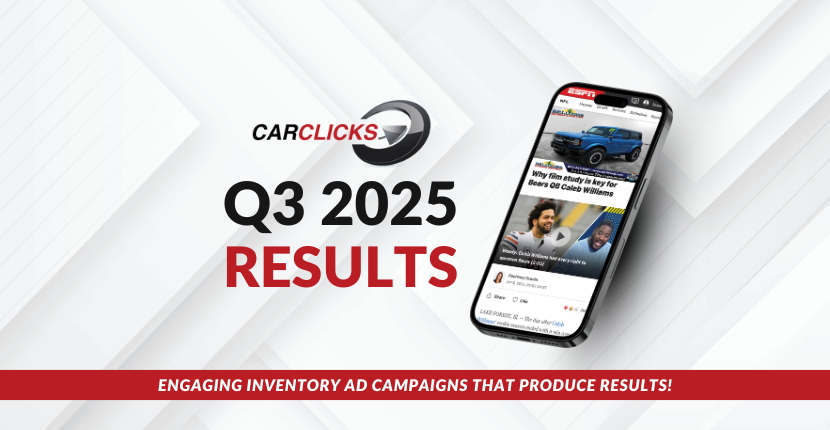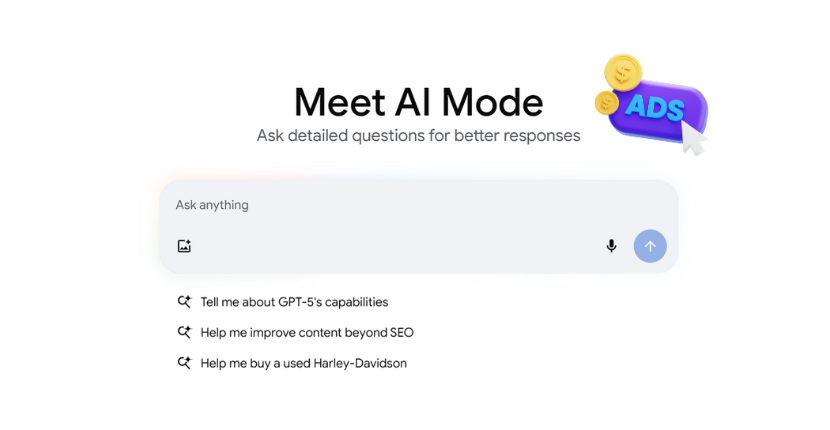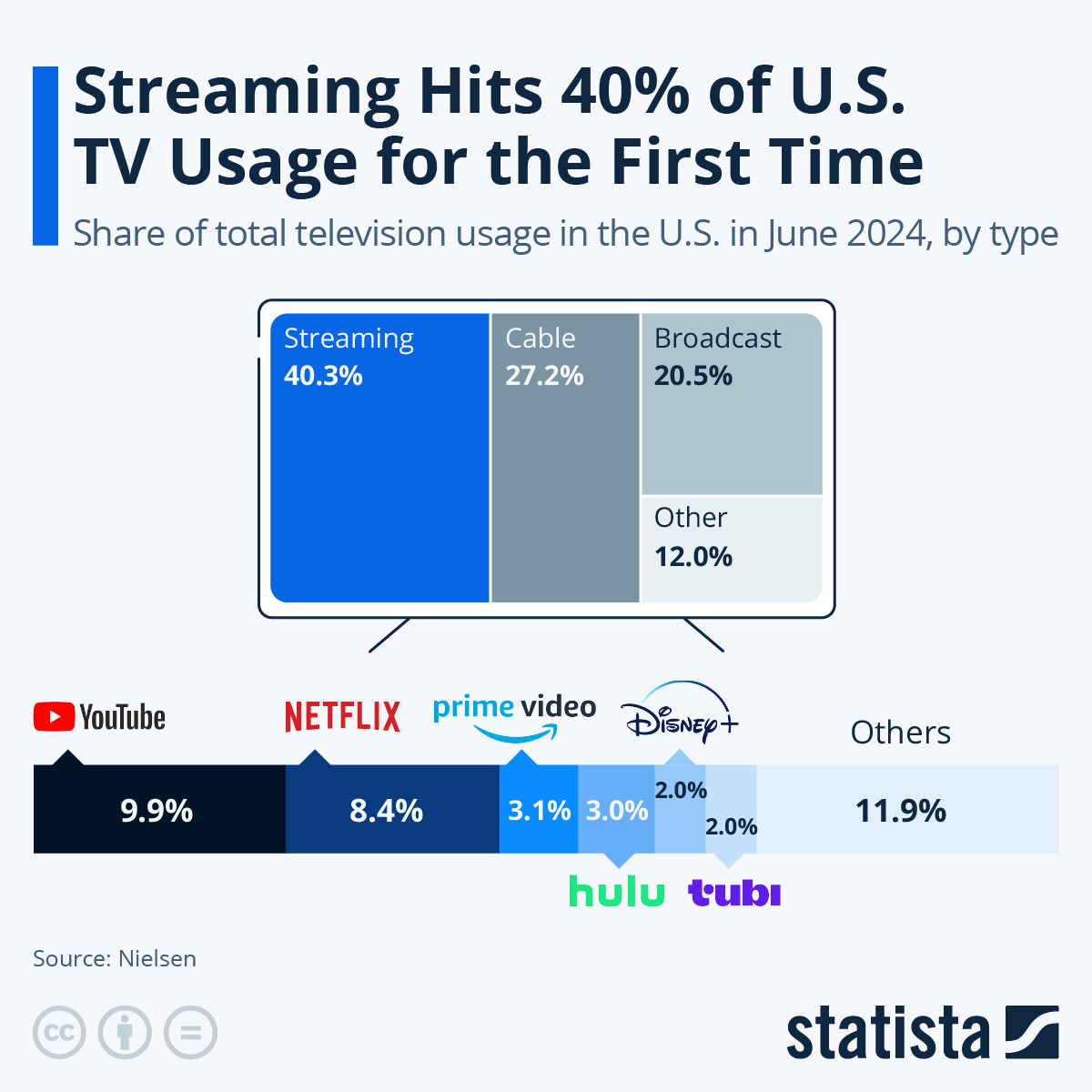Traditional DSPs Are Keeping Aged Shoppers in Their Prospect Buckets
When it comes to digital advertising, not all impressions are created equal, especially in the automotive space. One of the biggest challenges dealerships face is that traditional demand-side platforms (DSPs) often keep “in-market” shoppers in prospect buckets far longer than they should be.
These platforms are designed to maximize impressions, not conversions. That means even after a shopper has purchased a vehicle, they can continue to be treated as an active prospect. From the advertiser’s perspective, this is wasted spend: your dealership is paying to show ads to people who are no longer in the market.

Why Traditional DSPs Keep Stale Audiences
Traditional DSPs make money by selling impressions, not by driving meaningful results. Keeping a target audience labeled as “in-market” for as long as possible inflates the number of ads served, regardless of whether the user is actually shopping for a car.
This can lead to wasted marketing dollars, decreased campaign efficiency, and missed opportunities to reach real, active shoppers.
The Importance of Audience Refreshing
Our DSP platform emphasizes the importance of regularly updating audience segments to enhance campaign performance. We recommend creating and managing audience segments to ensure that advertisers target the most relevant users and avoid wasting impressions on individuals who are no longer in-market for certain vehicles or services.
Smart agencies implement audience refreshing by:
- Removing users after a set period to ensure buyers aren’t retargeted unnecessarily.
- Adding new prospects to continuously expand the pool of relevant shoppers.
- Segmenting audiences based on recent behavior, engagement, and buying signals to target the right people at the right time.
Why Your Dealership Needs a Smarter Approach
Refreshing audiences ensures that ad spend is directed toward active, in-market shoppers, increasing efficiency and return on investment. Dealerships that fail to manage audience segments risk showing ads to users who have already purchased, wasting both impressions and dollars.
Partner with Automotive Internet Media
At Automotive Internet Media, we operate our own DSP with experts dedicated to refreshing audiences regularly. Our platform ensures that your ads and inventory are seen by the right in-market shoppers at the right time, maximizing your campaign performance and minimizing wasted spend.
Contact Automotive Internet Media today to get started and see how we can help your dealership reach the right shoppers efficiently and effectively.







